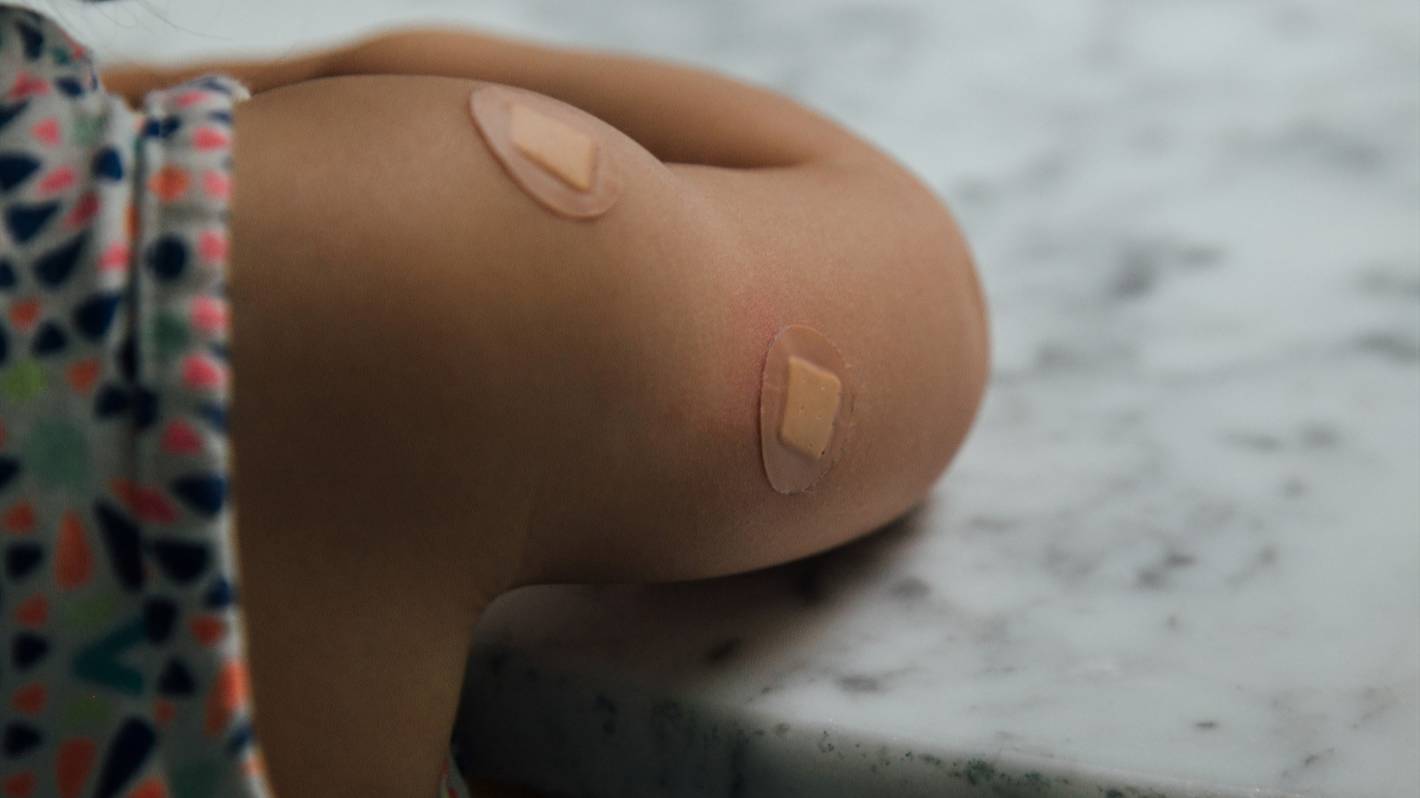New Zealand’s “woefully low” childhood vaccine rates mean outbreaks of potentially deadly diseases are “inevitable”, experts say.
Northland emergency doctor Dr Gary Payinda said it was not a case of if, but when, Aotearoa saw a measles or whooping cough surge, as vaccine uptake stagnated: “We are just waiting for an outbreak.”
In the three months to March 31, just 68.3% of 18-month-olds had completed their immunisations. At 24 months, this was 84.7%.
For a disease like polio, recently detected in United Kingdom wastewater, herd immunity is achieved when 80-85% of the population has been vaccinated. For measles, up to 95% of people need to be vaccinated for herd immunity.
READ MORE:
* Risk of deadly disease outbreaks as non-Covid childhood vaccinations plummet
* Falling MMR vaccination rates and border opening raises fear of measles epidemic
* Auckland measles outbreak: Two unborn babies die of complications related to measles
“If we need 95% to protect against [measles] outbreaks… that’s dangerously low,” Payinda said.
SUPPLIED
In some district health boards, many 18-month-old babies are not up-to-date with all vaccines. Among Māori tamariki, in some DHBs two-thirds were vulnerable. (File photo)
Vaccination coverage among Māori aged 18 months has dropped to 46.1% nationally. That dipped to 34% in Counties Manukau and Northland.
For children of all ethnicities aged 18 months, Northland’s rate was 47%.
Payinda pointed to Bangladesh – “one of the poorest countries on earth, subjected to yearly devastating floods and food insecurity” – with a childhood vaccination rate of 84%.
“If Bangladesh can vaccinate 84% and Northland 40%, something is very, very wrong.”
The next outbreak was almost entirely predictable, he said, and would rip through areas such as Northland and south Auckland.
Supplied
Dr Gary Payinda, an emergency doctor, says the country’s next measles or whooping cough outbreaks are predictable. (File photo)
In 2019-20, New Zealand experienced its worst measles epidemic in decades, with more than 2100 cases
The disease was “devastating”, Payinda said: one in 1000-2000 people with measles would suffer brain inflammation and one in 1000 would die.
It was also “unnecessary” – two doses of MMR (measles, mumps, rubella) vaccine provides more than 99% protection.
Payinda treated an unvaccinated young person during the 2019/20 measles outbreak who developed encephalitis (swelling on the brain which can cause life-long issues). They ended up having recurrent seizures.
“It was absolutely devastating that this could have been prevented with [a] vaccine.”
Supplied
Medical director of the University of Auckland’s Immunisation Advisory Centre, Professor Nikki Turner.
Immunisation Advisory Centre medical director Professor Nikki Turner said it was “concerning” childhood immunisation coverage had dropped across the board.
Communities were at “significant risk”, with experts “very worried” about measles and whooping cough in particular, she said.
While New Zealand was seeing a drop-off in childhood immunisation prior the pandemic, Turner said there was a worry the country had “lost momentum” in the Covid-19 era.
The centre said 18-month coverage data may have been impacted by a change in the immunisation schedule in 2020, which saw MMR brought forward for babies aged 12 and 15 months (rather than 15 months and 4 years).
Health services had been under pressure amid the pandemic, potentially affecting coverage rates.




